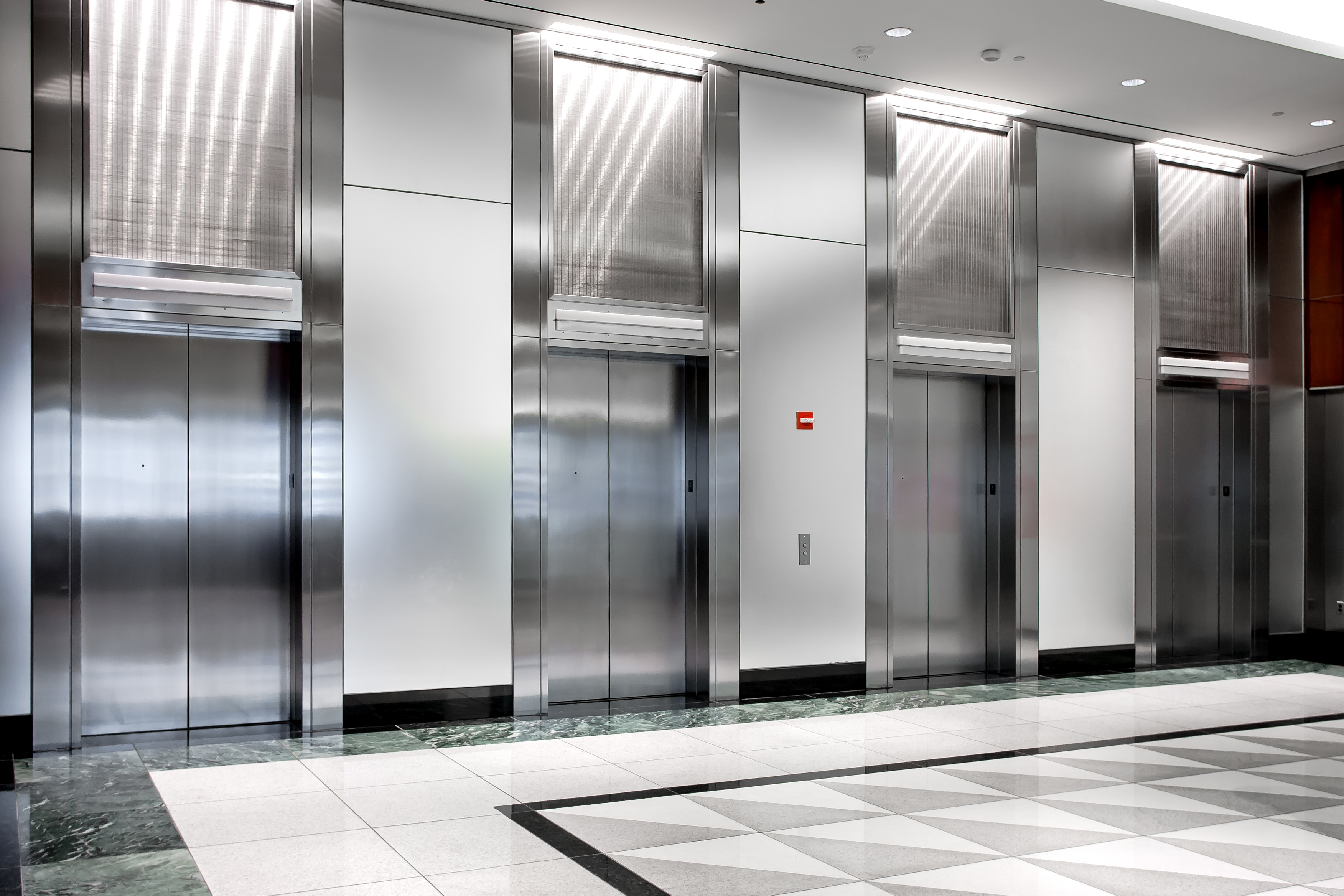
21 Jul The Different Types of Elevators for Commercial Buildings, Explained
Projections show that the global elevator and escalator market will reach a value of $132.08 billion by 2029.
Elevators are widely used in commercial buildings. Most people only know elevators as something they use to go up and down floors in hotels. While these are the most widely seen, several other types of elevators are used in commercial settings.
For a rundown of the different types of commercial elevators available, keep reading.
Passenger Elevator
This is one of the most common types of commercial elevators. These are typically present in any commercial building with more than one floor to transport people up and down. Even a two-floor building with stairs will generally require one of these so that disabled people can access both floors.
These can vary a lot in terms of size, weight limit, and speed. You’ll have to determine these based on your needs and uses. Many buildings will use multiple passenger elevators to meet the demands of their business.
Service Elevator
These are also common elevators for commercial buildings. They’re mainly used by employees when transporting goods throughout the building. A common example would be housekeeping staff using them to transport cleaning carts.
Hospitals also make use of these so that hospital staff can transport patients in hospital beds with ease. Service elevators generally need to transport heavier loads than passenger elevators, so they’re more robust and larger. They also have stricter code requirements to ensure they’re fit for purpose.
Freight Elevator
A freight elevator is the best type of elevator for transporting heavy loads. This often includes things like vehicles or cargo in industrial settings. The working conditions of freight elevators are typically much tougher than other elevator types.
The weight of the goods transported by freight elevators means they need to be incredibly strong and durable. They’re often made with steel walls/floors and have very high load capacities.
Freight elevators aren’t designed for transporting passengers, so there’s generally no focus on making them attractive in any way.
Dumbwaiter
A dumbwaiter is the smallest type of elevator available. While freight elevators aren’t designed for transporting passengers, it’s still possible. Dumbwaiters, however, are typically far too small and are only for transporting certain goods.
One of the most common uses of these is for transporting food in restaurants. Aside from commercial buildings, they’re also found in public and private buildings.
Elevator Hoist Systems
The design of an elevator installation can vary depending on a range of factors. One of the most important aspects of an elevator is the hoist system.
Hydraulic elevators require a lot of energy and are most commonly used for heavy loads. They’re typically only found in buildings that are six stories high or less.
Traction elevators use a more energy-efficient pulley system and are better for passengers as they give a smoother, quieter ride. Regular maintenance will help keep them running smoothly. Most modern elevators use a gearless traction system to save both energy and space.
Deciding Between Different Types of Elevators
With all the types of elevators available, figuring out how to choose a commercial elevator can be difficult. Keystone elevator is a professional elevator installation service, and we can help determine the best solution for your building. We also handle repairs, maintenance, testing, and more.
If you have any questions about our services click here to contact us today.



Sorry, the comment form is closed at this time.